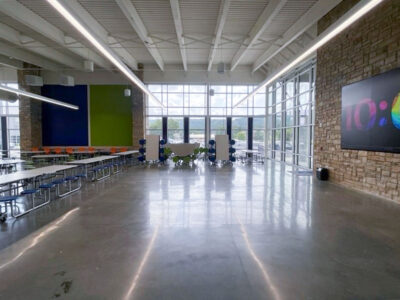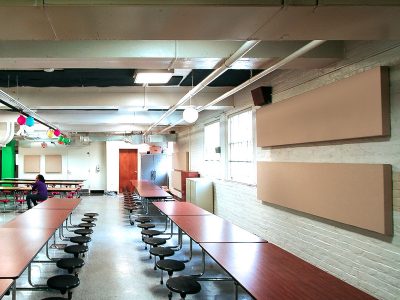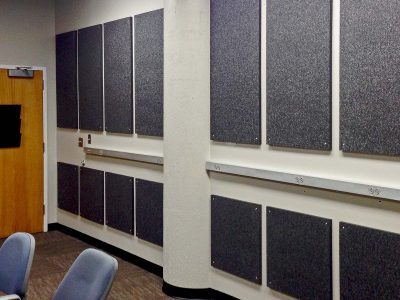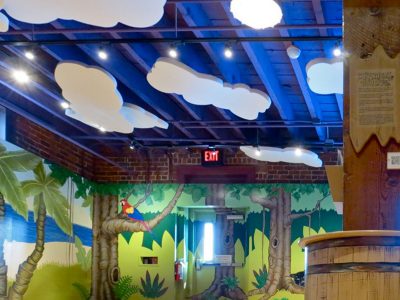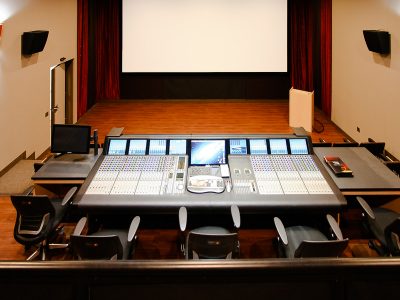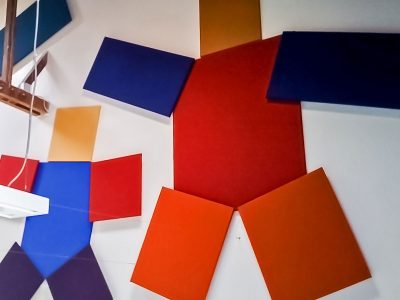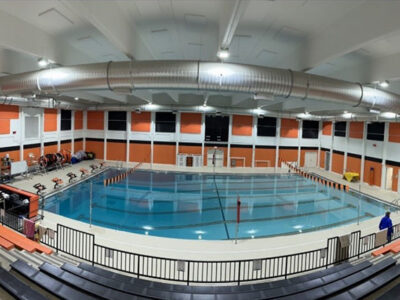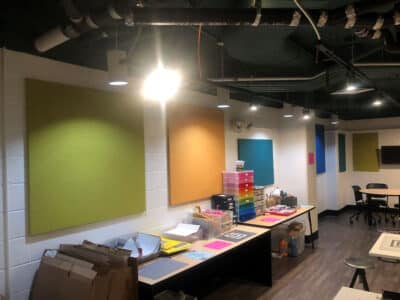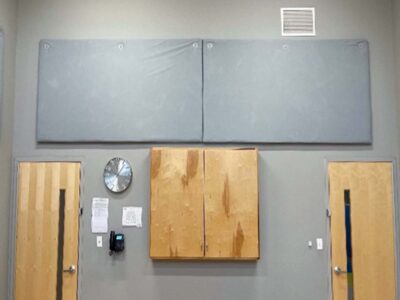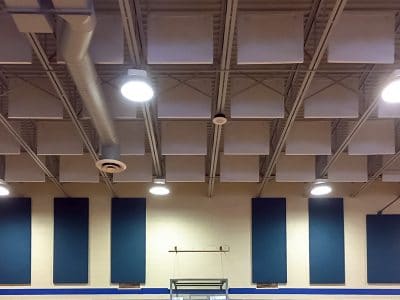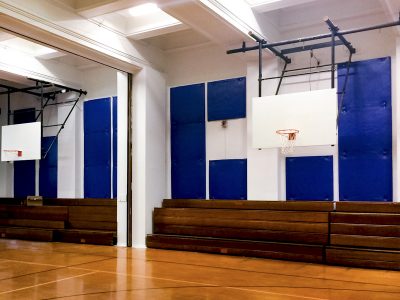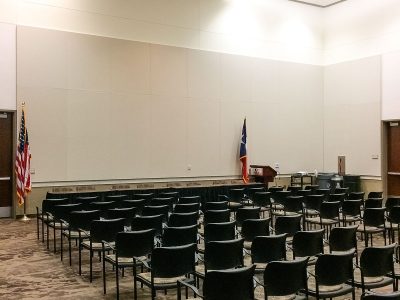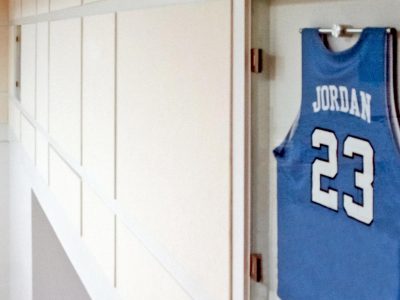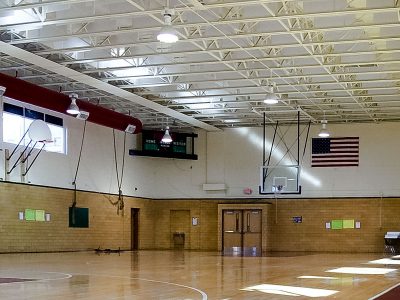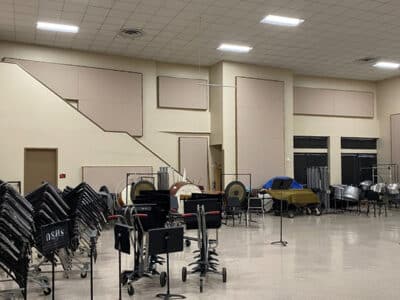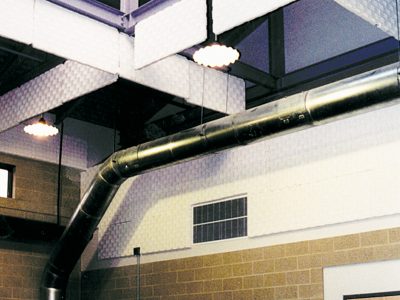Education
Good acoustics play an important role in the effectiveness of instructional spaces. Classrooms with excessive noise reverberation make it difficult for students to understand what is being taught. Children with learning disabilities have a far more difficult time paying attention to their teacher, which is neither good for the student or the rest of the class. Recently, the American Speech-Language-Hearing Association (ASHA) along with representatives from the acoustics industry issued the paper "Position Statement and Guidelines for Acoustics in Educational Settings."
Outlined in the paper are several of suggested guidelines concerning maximum ambient background noise and a suggested Reverberation Time (RT 60) of .5 seconds (in the speech intelligibility range), in the classroom.
Some suggestions concerning acoustical treatment location:
- Install absorption materials on rear wall opposite instructor (don’t cover them with hard reflective posters, surfaces).
- Add acoustical treatment to the rear ceiling area, keeping the front ceiling to midway reflective to help with projection of the instructor’s voice.
- If required to reach the suggested reverberation time of .5 seconds, add additional acoustic treatment to upper side walls and/or walls opposite windows.
Using these guidelines will greatly increase the student’s ability to understand the instructor and create a better learning environment.




